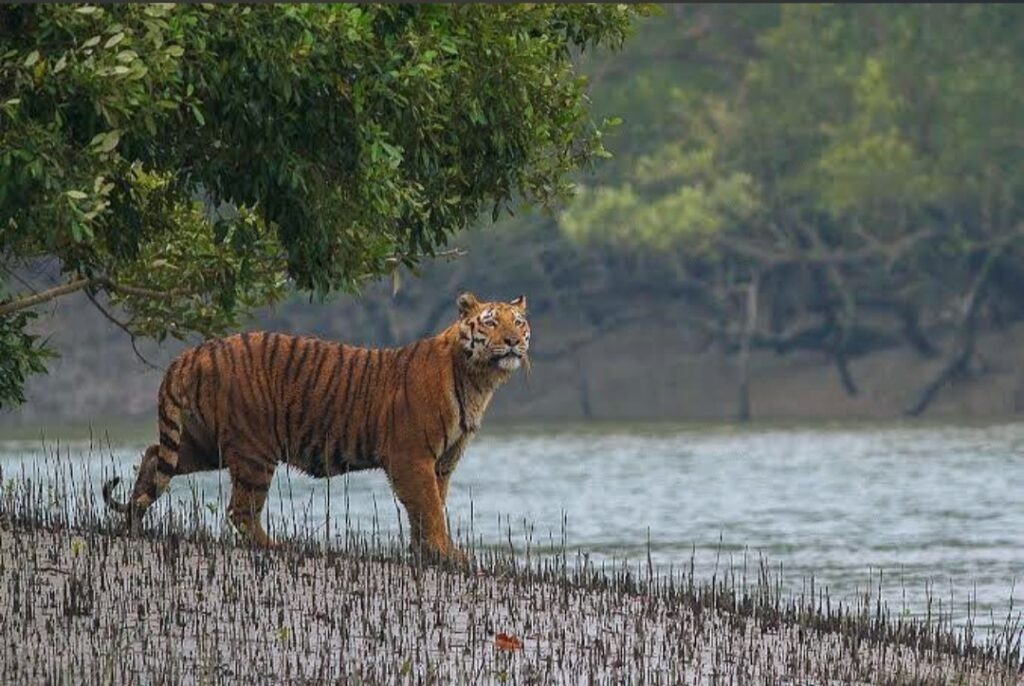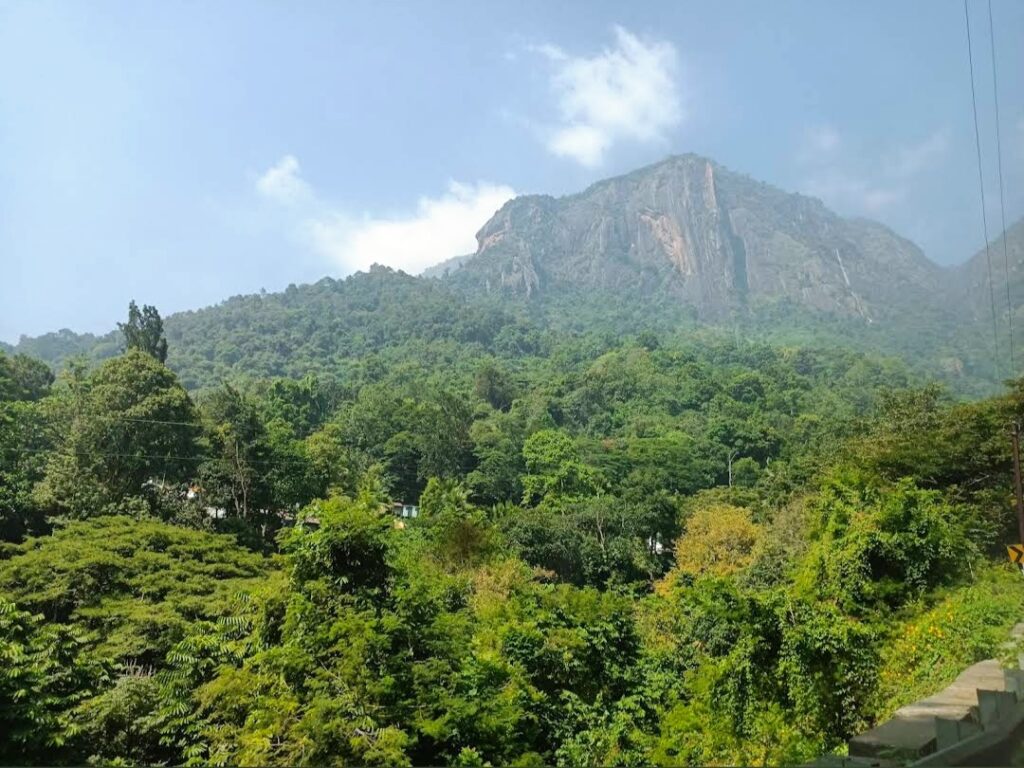India is celebrated for its rich biodiversity and extensive forest cover, ranking among the top 10 countries globally in this regard. Despite historical challenges such as forest burning and wildlife hunting, India remains a paradise for nature enthusiasts. The country is home to numerous biosphere reserves and biodiversity hotspots, each offering unique and breathtaking experiences. Here, we present a curated list of India’s seven most beautiful forests, each promising an unparalleled and exclusive encounter with nature.
1. Saranda Forest, Jharkhand
A Royal Retreat Turned Natural Haven
Saranda Forest, located in the West Singhbhum district of Jharkhand, was once the private hunting grounds of the Singh Deo royal family of Saraikela. Spanning an impressive 820 square kilometers, this forest is rich in both cultural history and natural beauty. The name ‘Saranda’ means ‘seven hundred hills,’ a fitting title given its lush, hilly terrain. The forest is inhabited by the Ho people and is renowned for its abundant iron ore deposits, which have been both a boon and a challenge due to mining activities.
Biodiversity and Flora
Saranda Forest is a treasure trove of biodiversity, home to a variety of flora including dense sal trees. The forest’s ecosystem supports an array of wildlife, such as leopards, elephants, and numerous bird species. The interplay of rich mineral resources and dense greenery creates a unique landscape that is both rugged and serene.
2. Sundarbans Forest, West Bengal
The Majestic Mangrove Marvel
The Sundarbans, part of the largest delta in the world, straddles India and Bangladesh. This extensive region, covering approximately 40,000 square kilometers, derives its name from the Sundari Mangrove trees that dominate the area. The forest’s intricate network of tidal waterways, mudflats, and small islands creates a mesmerizing natural tapestry.

Wildlife and Ecosystem
The Sundarbans are perhaps best known for their population of the elusive and majestic Royal Bengal tiger. The forest is also home to more than 260 bird species, crocodiles, and the rare Gangetic dolphin. This UNESCO World Heritage site includes 102 islands, with 54 inhabited, highlighting the delicate balance between human habitation and wildlife conservation.
3. Namdapha National Park, Arunachal Pradesh
A Biodiversity Hotspot in the Eastern Himalayas
Namdapha National Park, located in Arunachal Pradesh, is India’s fourth largest national park, covering an area of 1,985 square kilometers. Recognized as a biodiversity hotspot, Namdapha features a wide range of ecosystems, from tropical moist forests to alpine meadows.
Flora and Fauna
The park is home to extensive bamboo forests and evergreen rainforests. It supports an incredible variety of wildlife, including tigers, leopards, snow leopards, and red pandas. The park’s diverse habitats are a haven for over 425 bird species, making it a paradise for bird watchers and nature lovers alike.
4. Nilgiri Biosphere Reserve
The Confluence of Ghats
The Nilgiri Biosphere Reserve, translating to ‘Blue Mountains,’ is where the Western and Eastern Ghats meet. This reserve spans across the states of Kerala, Karnataka, and Tamil Nadu, covering a rich tapestry of ecosystems including seasonal rainforests, tropical forests, and moist deciduous forests.

Botanical and Cultural Richness
Home to over 3,500 species of flowering plants, the Nilgiri Biosphere Reserve is a botanical wonderland. The region is also inhabited by various indigenous tribes, each with distinct rituals and customs. This cultural diversity adds another layer of richness to the reserve, making it a unique destination for both ecological and anthropological exploration.
5. Mawphlang Sacred Forest, Meghalaya
The Sacred Grove
Mawphlang Sacred Forest, spread across 192 acres, is revered as a holy site by the local Khasi tribe. The forest is considered the dwelling place of the deity Labasa, who is believed to protect the locals in the form of a leopard or tiger. The Khasi people enforce a strict rule that nothing should be taken out of the forest, preserving its sanctity and biodiversity.
Mythology and Biodiversity
The forest is adorned with monoliths that depict local traditions of animal sacrifices. It is also home to a variety of flora with medicinal properties, further enhancing its mystical aura. Visitors to Mawphlang can expect to be enchanted by its spiritual significance and natural beauty.
6. Pichavaram Mangrove Forest, Tamil Nadu
A Serene Mangrove Wonderland
Ranked as the second largest mangrove forest in the world, Pichavaram Mangrove Forest in Tamil Nadu offers a serene and picturesque escape. Covering an area dotted with 50 islands and 4,400 canals, this forest is a labyrinth of waterways that supports diverse bird species.

Natural Barrier and Biodiversity
Pichavaram’s mangroves played a crucial role as a buffer zone during the 2004 tsunami, protecting inland areas from the full force of the waves. Despite challenges posed by its complex waterways, which have attracted smugglers, the forest remains a peaceful retreat ideal for bird watching and quiet reflection.
7. Khasi Hills, Meghalaya
The Scotland of the East
Often referred to as the ‘Scotland of the East,’ the Khasi Hills feature low mountain formations on the Shillong plateau. This region is known for its stunning landscapes and unique cultural practices, including the matrilineal system and chieftainships of the Khasi people.
Natural Beauty and Culture
The Khasi Hills are home to Cherrapunjee, one of the wettest places on Earth, and Mawlynnong, Asia’s cleanest village. The lush green hills, living root bridges, and cascading waterfalls create a mesmerizing natural spectacle. The Khasi people’s deep connection to their land and traditions adds to the region’s charm, making it a visual and cultural treat for visitors.
Also Read : Embrace the Monsoon Magic: 10 Must-Visit Places in India this August
Conclusion, India’s forests are a testament to the country’s rich natural heritage and cultural diversity. Each forest on this list offers a unique experience, from the royal hunting grounds of Saranda to the sacred groves of Mawphlang. Whether you are a wildlife enthusiast, a botanist, or simply someone who appreciates the tranquility of nature, these forests provide an unparalleled opportunity to explore India’s ecological and cultural wealth. So pack your bags and embark on an adventure to discover the breathtaking beauty of India’s most notable forests.